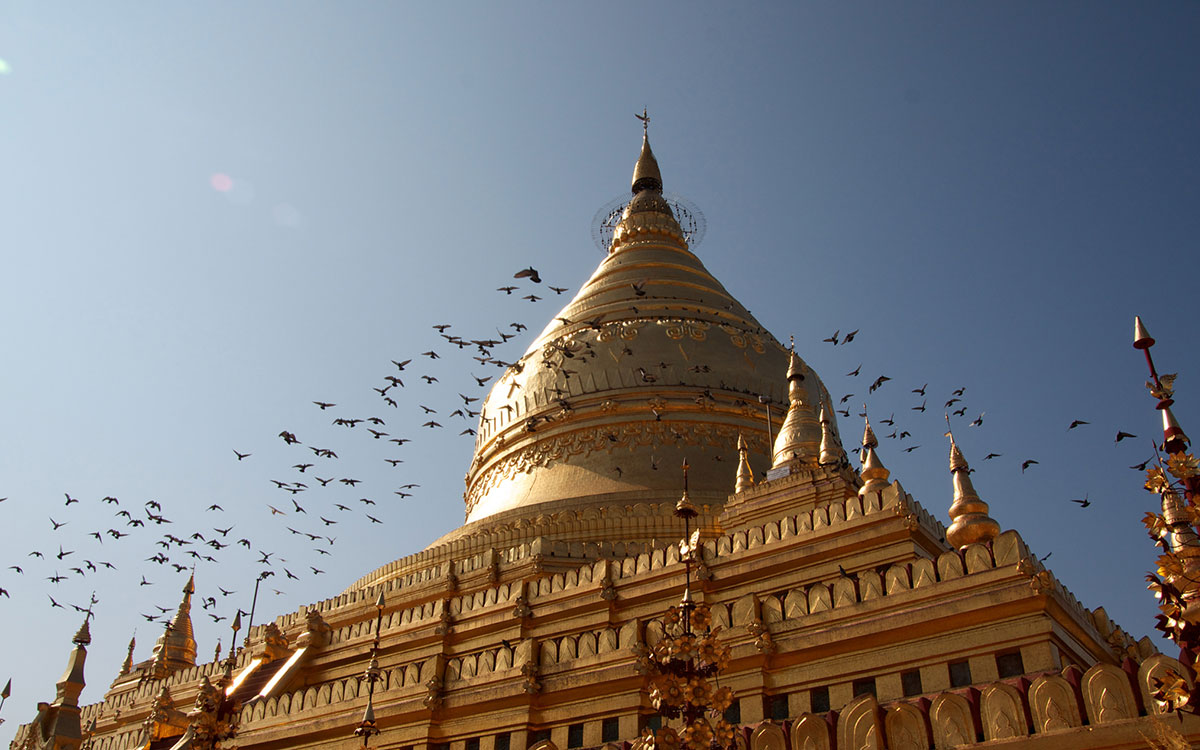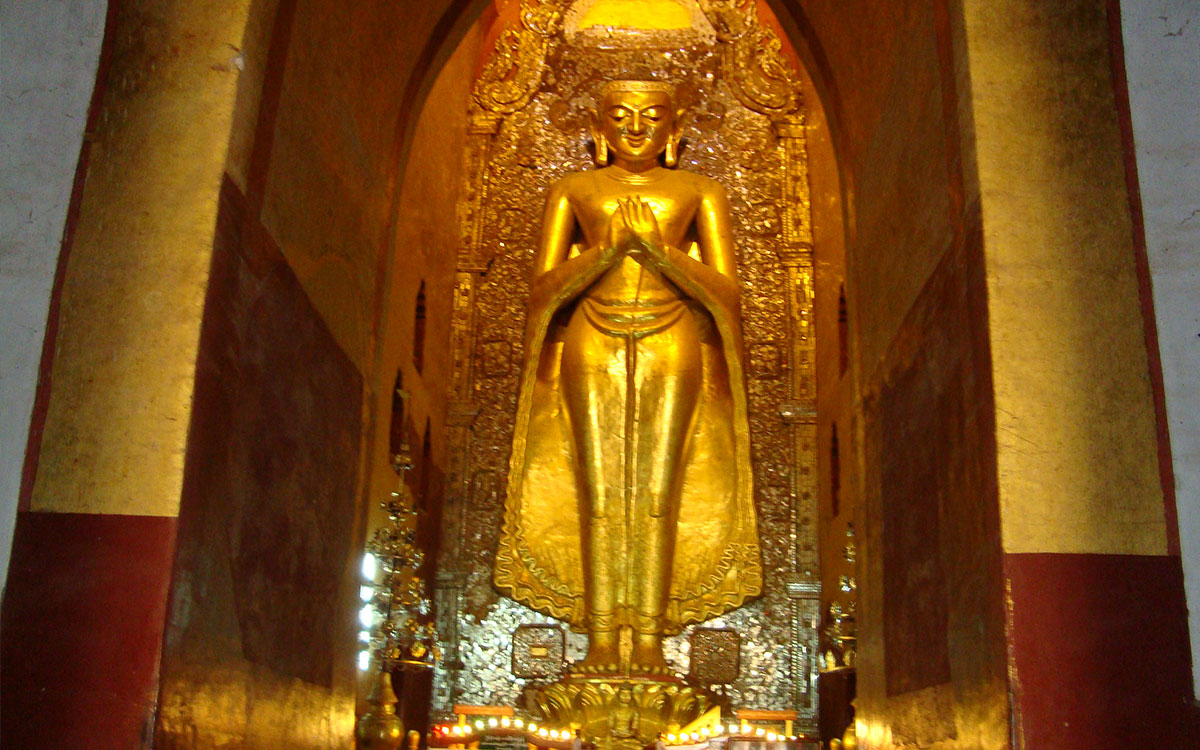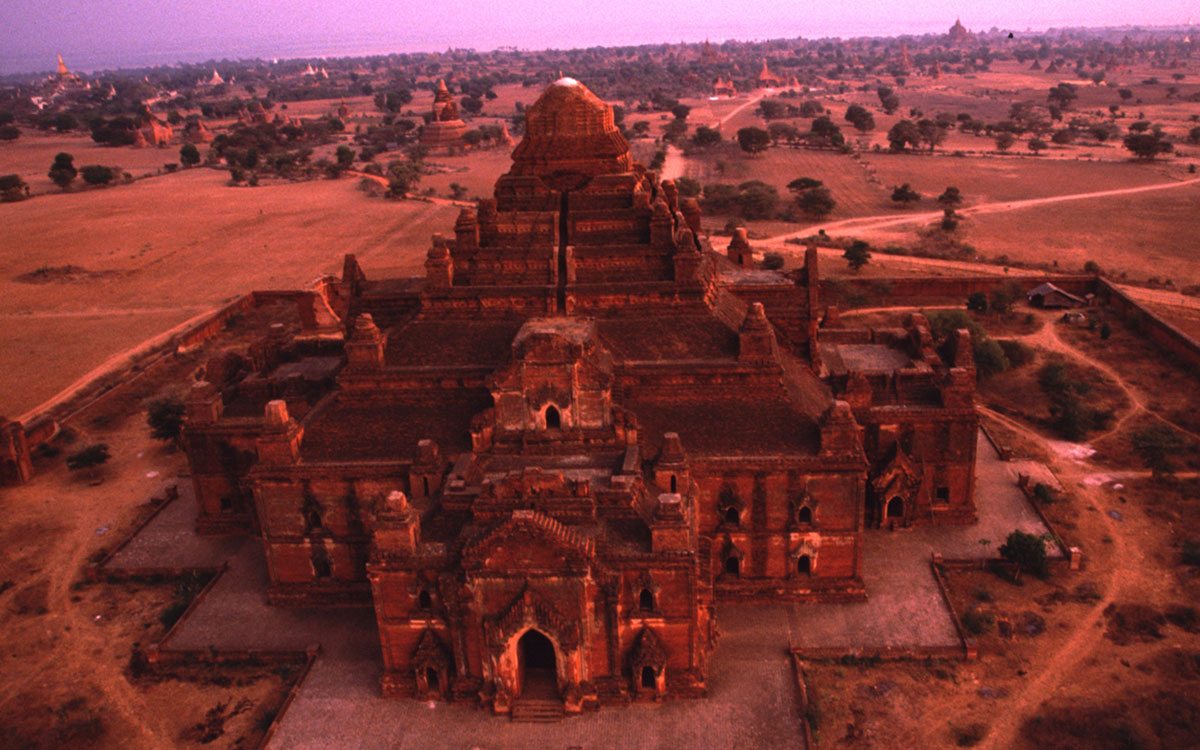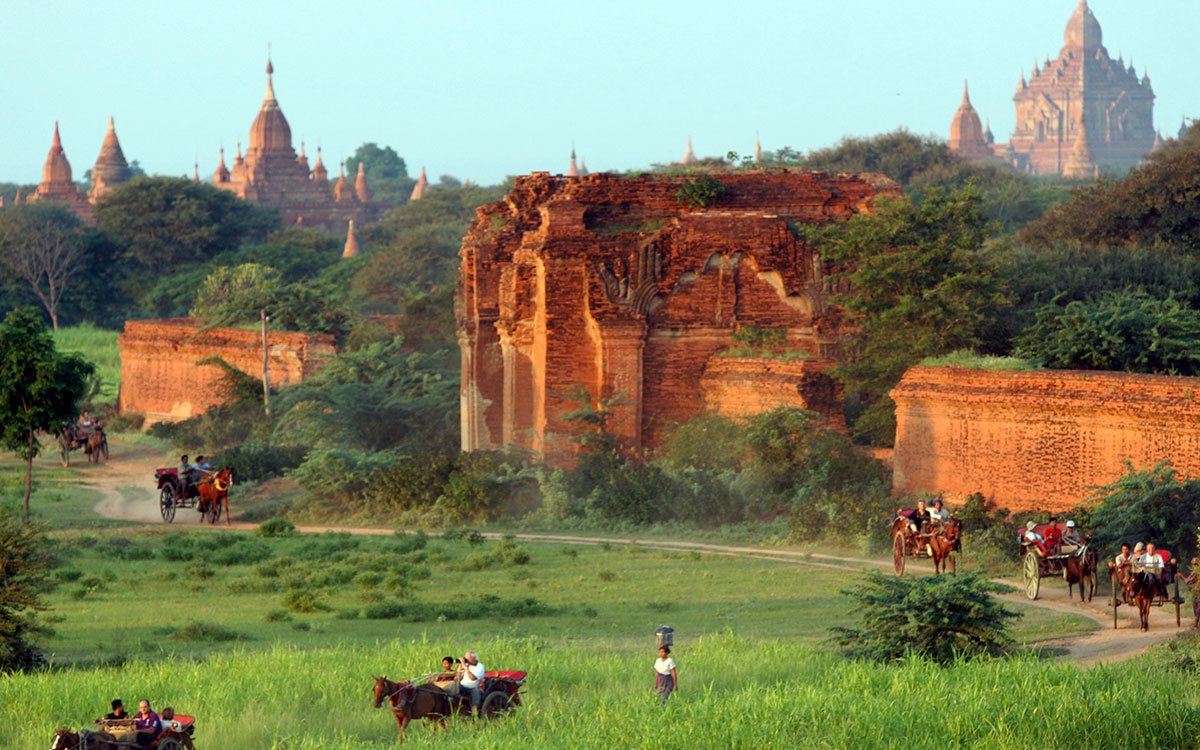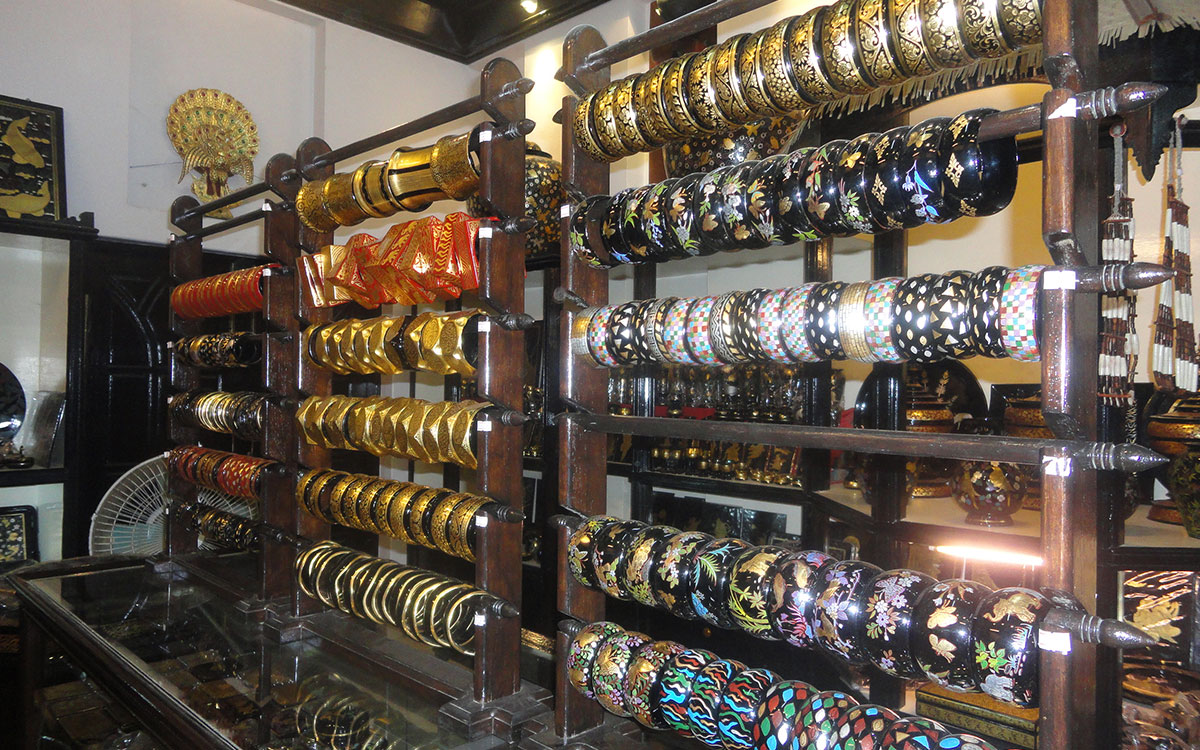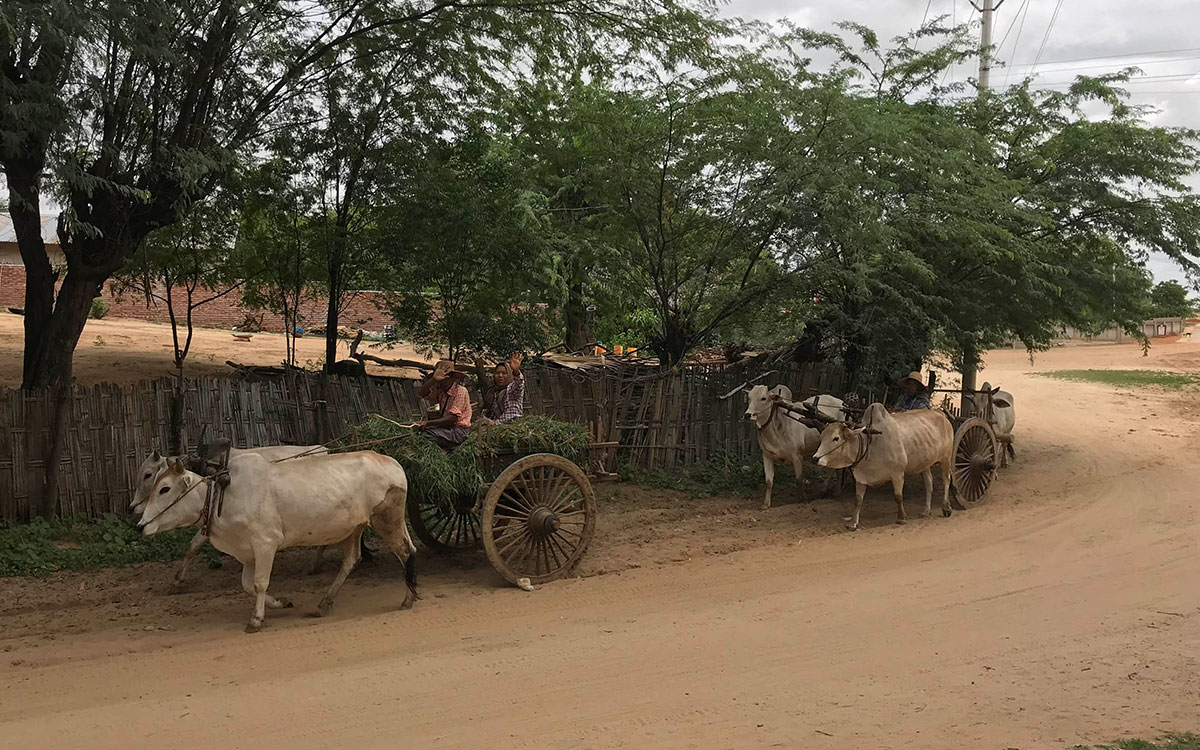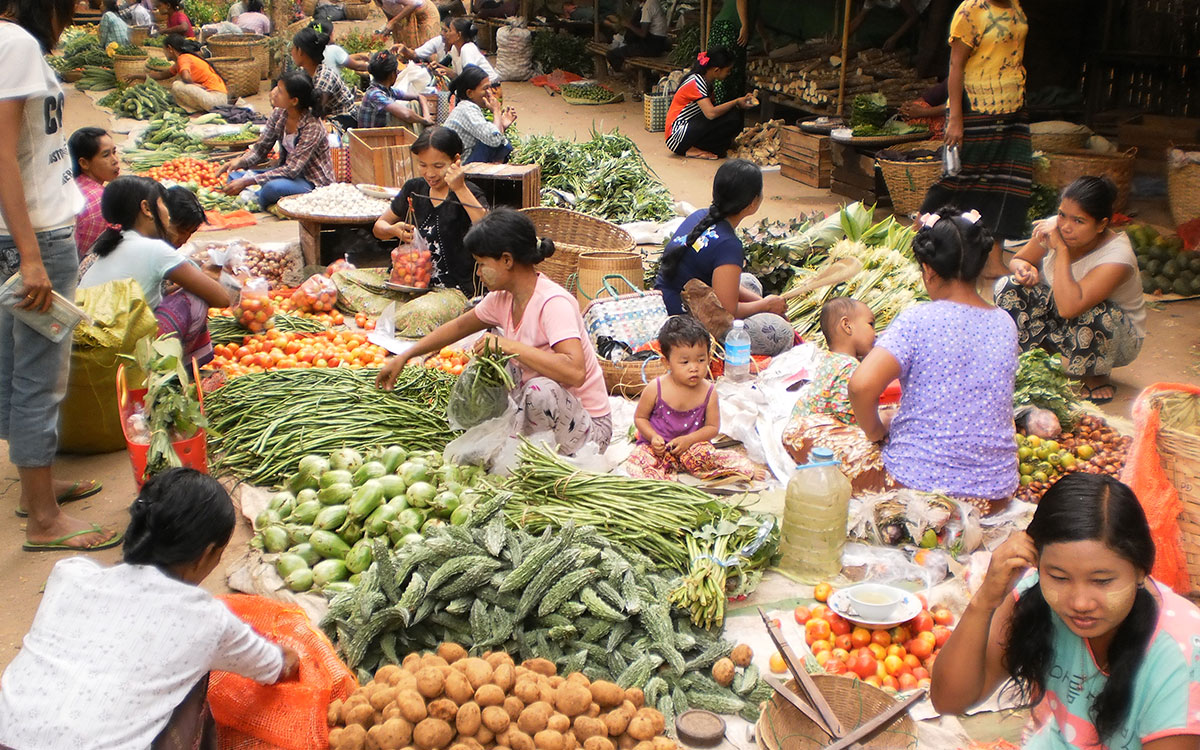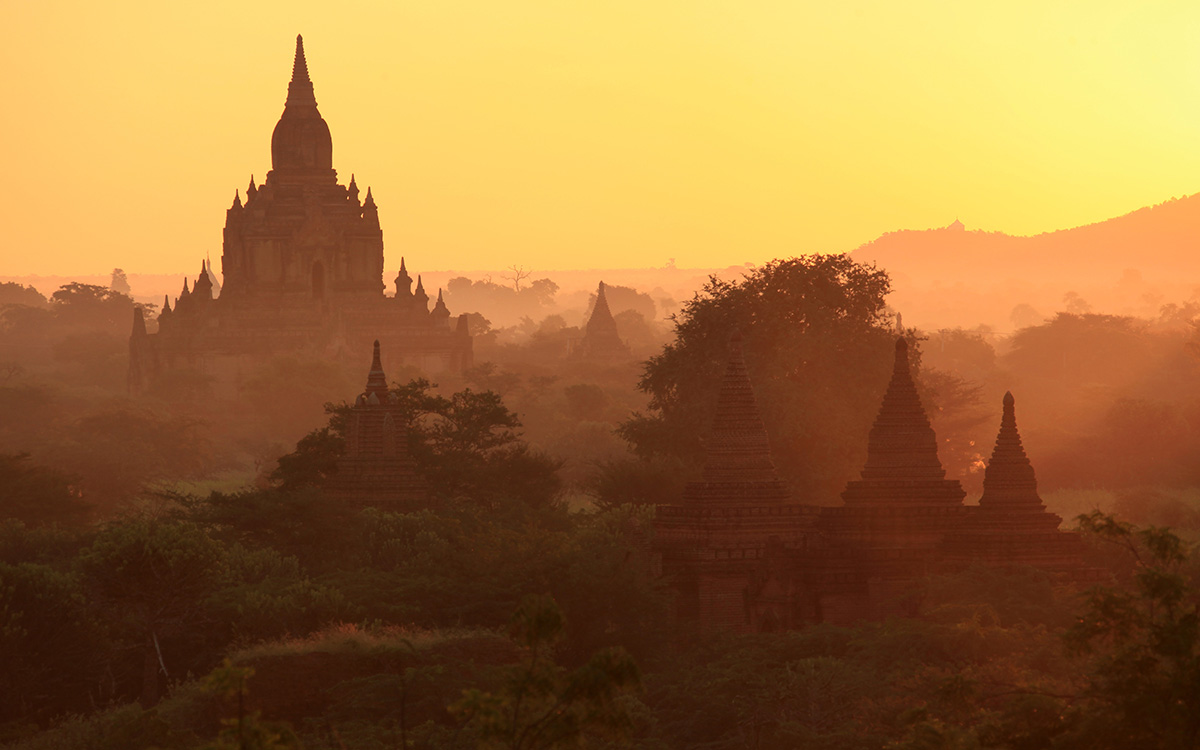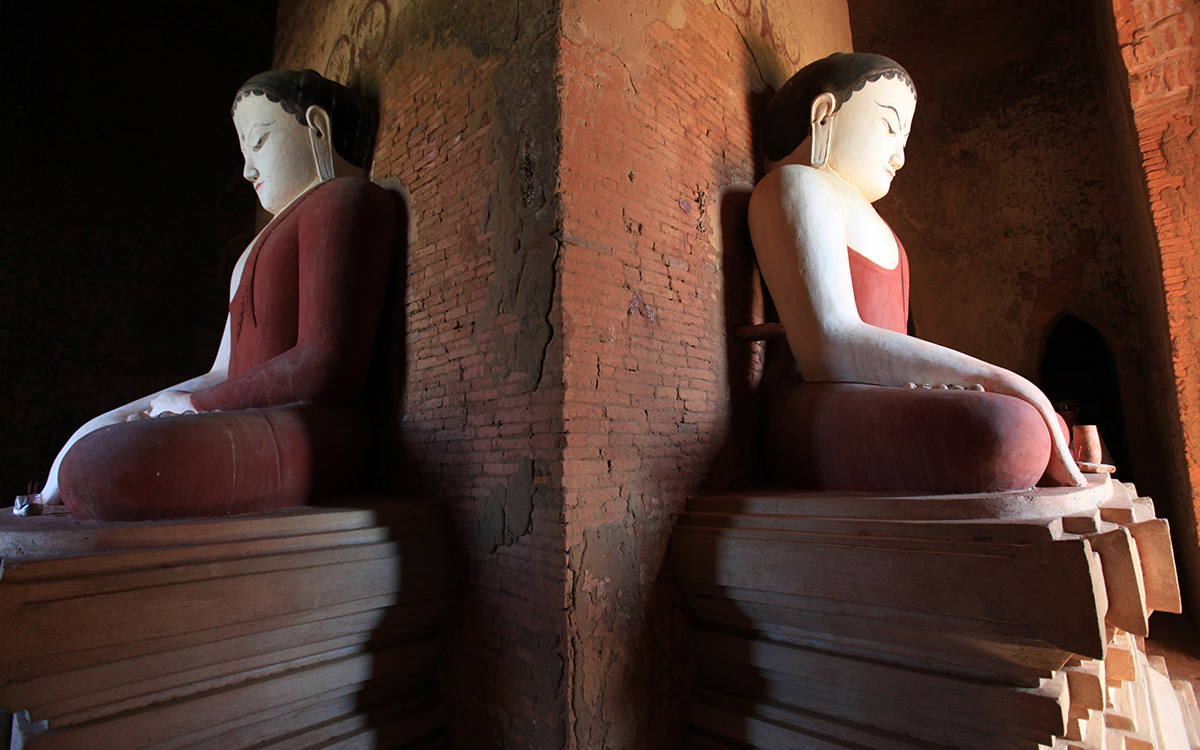Bagan was one of the first capitals of an ancient Burmese empire and today, it is one of the world’s major heritage sites. With thousands of pagodas and temples dating back more than 1,500 years scattered across the Bagan plain, ancient Bagan rivals the temples of Angkor and is one of Southeast Asia’s most memorable sights.

